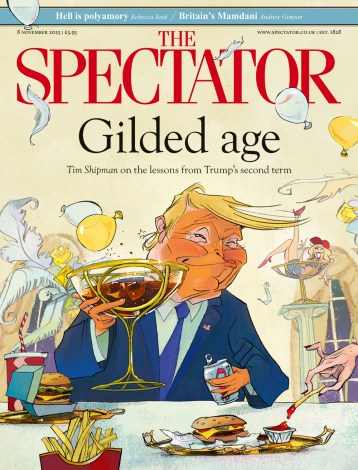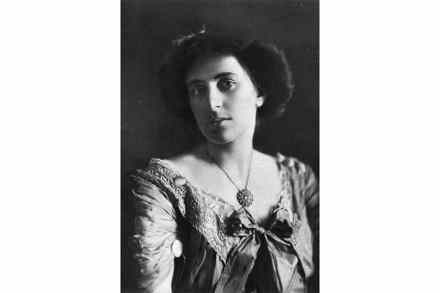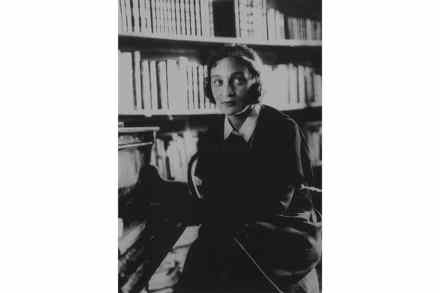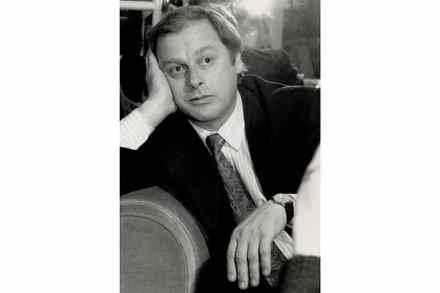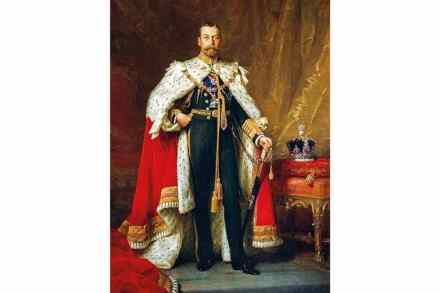Homage to Joseph Johnson, the radical 18th-century publisher
There’s no excuse for dullness, especially when writing about a life as eventful as Joseph Johnson’s, the publisher and bookseller who worked with Mary Wollstonecraft, Joseph Priestley, William Cowper, Erasmus Darwin and Wordsworth and Coleridge, among others. I opened this book expecting it to lift the veil on dinner with Joseph Johnson, but the title’s a misnomer. (Other than a brief introductory passage, Johnson’s weekly dinners are mentioned only in passing.) Descriptions of his relationships with Wollstonecraft and Cowper are perhaps the most successful parts of Daisy Hay’s book, but elsewhere it is under-researched and under-written. This becomes evident early on when she writes about the Gordon Riots. Among the

